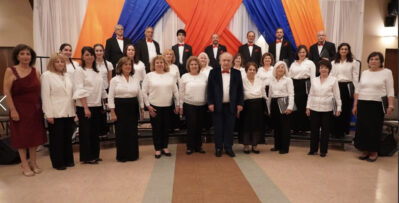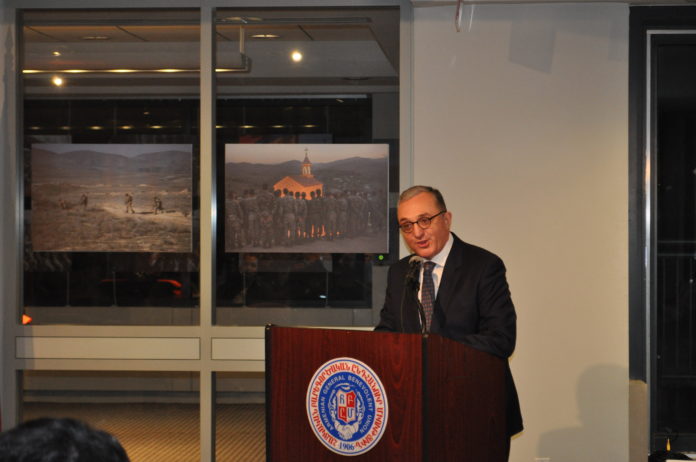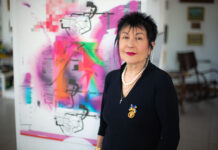By Taleen Babayan
Special to the Mirror-Spectator
NEW YORK — The 30th anniversary of the birth of the Artsakh Movement was marked in an educational and artistic manner on Thursday, February 22, at AGBU’s New York City headquarters, featuring the meaningful portraits of Davit Hakobyan and special remarks by Ambassador Zohrab Mnatsakayan, Permanent Representative of Armenia to the United Nations and Robert Avetisyan, Permanent Representative of Artsakh to the United States.
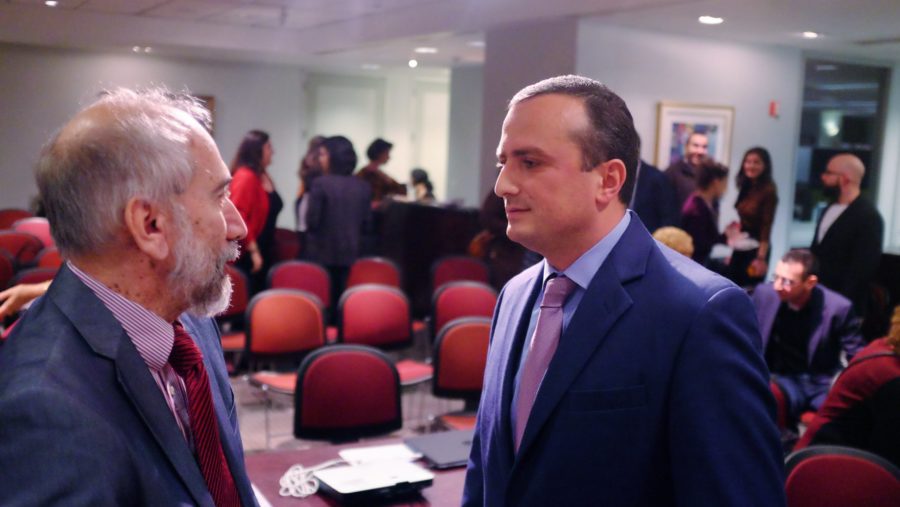
Prior to the speaking portion of the evening, guests had the opportunity to walk around the gallery and view Hakobyan’s photographs, which depict the heroic soldiers against the backdrop of the mountainous and picturesque land of Artsakh, and converse with the photographer, who was present at the event. Hakobyan, the official photographer of Armenia’s President Serzh Sargsyan, donated the proceeds of his sold portraits to the AGBU Fund for Artsakh, which supports rebuilding efforts, educational initiatives and construction projects in the Republic since its 1994 ceasefire with Azerbaijan.
In his remarks, Mnatsakanyan profoundly thanked Hakobyan for his images, which send powerful messages to the rest of the world, and emphasized the importance of “spreading the word about Artsakh.”
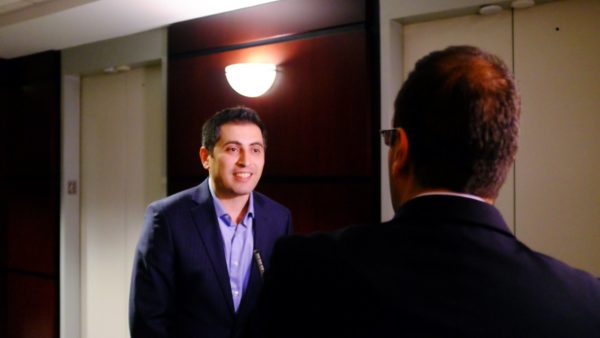
“This exhibition is about those young boys of Armenia who are defending our homeland and that is the biggest message of our confidence and capabilities,” said Mnatsakanyan.
